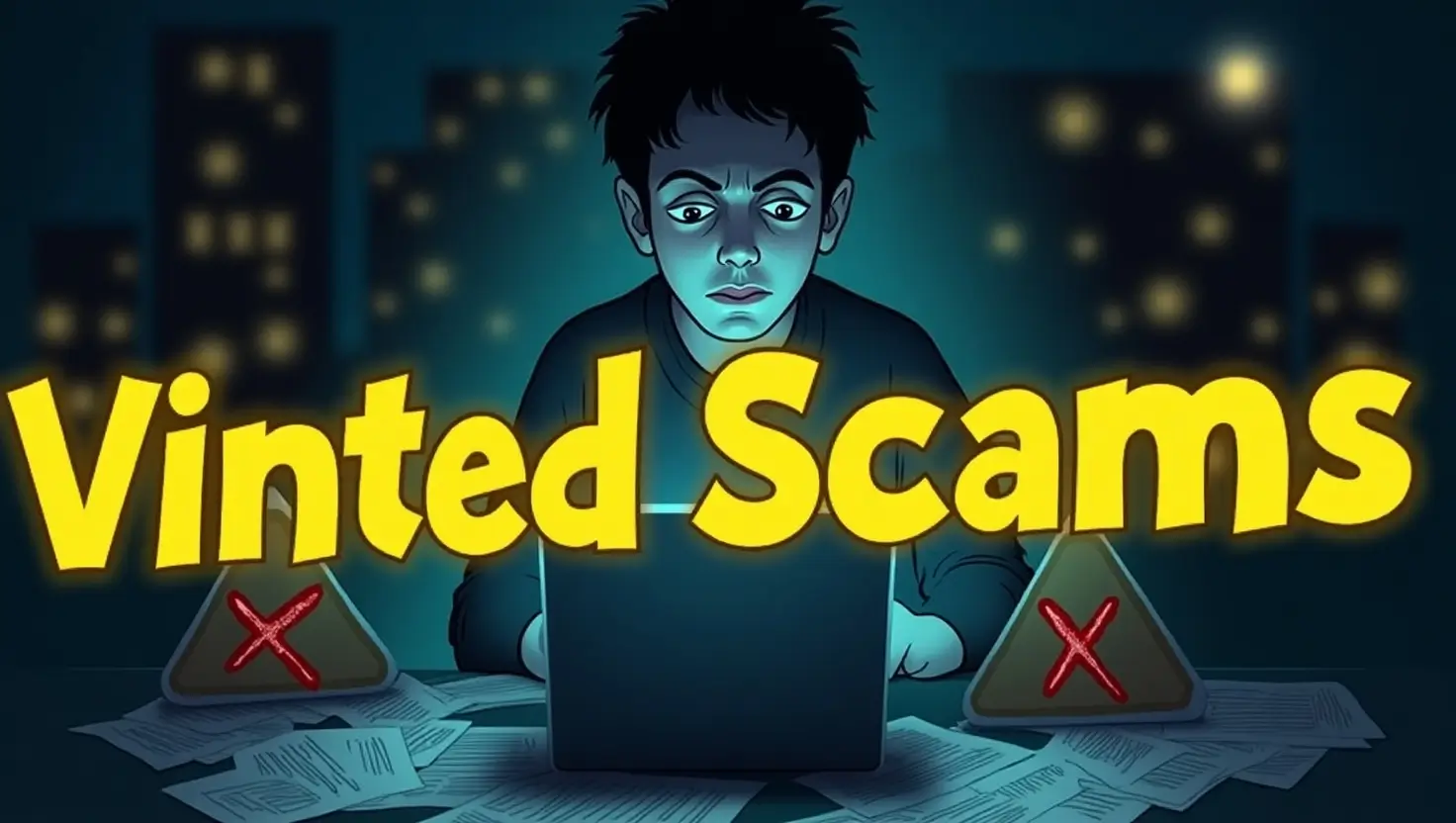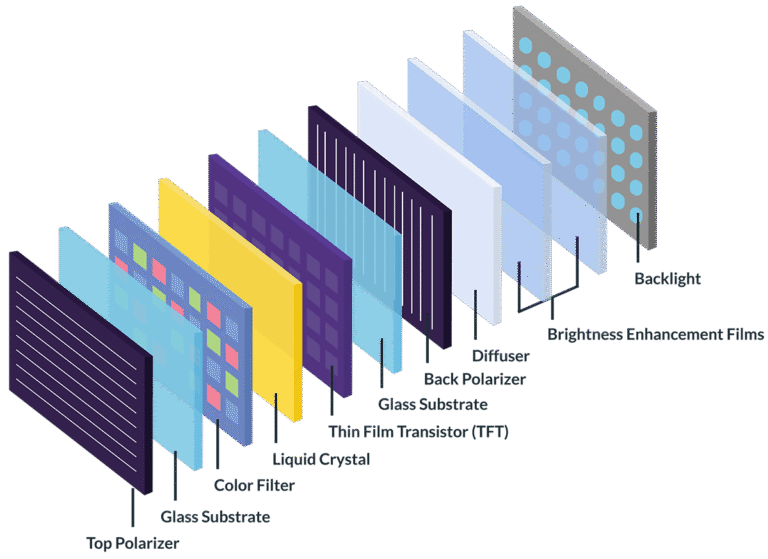
Introduction
In the age of sustainable shopping and secondhand style, platforms like Vinted have exploded in popularity. With its promise of effortless decluttering and chic wardrobe refreshes, Vinted is a favorite for fashion-savvy consumers looking to buy and sell pre-loved items. But as with any digital marketplace, there’s a catch: scammers are blending into the crowd, and users are paying the price.
Here’s what you need to know about the evolving nature of Vinted scams, how they differ from other online frauds, and why being a smart seller or buyer requires more than just good fashion sense.
Why Vinted? Why Now?
Vinted’s appeal is clear no seller fees, easy-to-use app, and a niche community focused solely on clothing and accessories. However, that focus also creates the perfect cover for niche scams tailored to fashion trends and seasonal shopping spikes.
Unlike broader platforms like eBay or Facebook Marketplace, Vinted’s specialized environment makes some users overly trusting. That’s where scammers step in.
Common Vinted Scam Tactics
1. Fake Payment Proofs
A buyer may send a screenshot showing they’ve made a payment outside the Vinted platform perhaps via PayPal or bank transfer. It looks real. It isn’t. Vinted only protects transactions made through its own payment system.
2. The Switcheroo
A seller sends a legitimate item, only for the buyer to claim it was “damaged” or “never arrived.” In some cases, scammers have even returned a different, cheaper item and demanded a refund.
3. Over-friendly Messages
Fraudsters may try to move the conversation off Vinted quickly, often citing technical glitches or urgency. Once the deal moves off the platform, your protection vanishes with it.
4. Fake Listings
Scammers post listings with attractive prices and high-demand items (designer bags, sneakers, etc.) and insist on upfront payment. After that, they ghost the buyer entirely.
The Psychology of a Fashion Scam
These scams work because they prey on positive assumptions Vinted feels like a community. The visual nature of the app (filled with aesthetic outfit shots and friendly bios) can easily disarm users into thinking, “This person seems trustworthy.”
But good vibes don’t always equal good intentions.
What You Can Do to Stay Safe
- Stay on-platform for all payments and messaging.
- Verify user profiles: Look for reviews, ratings, and account history.
- Be cautious with luxury items they’re prime bait for scams.
- Photograph everything: From packaging to postal receipts, documentation matters.
- Don’t rush: Urgency is a red flag, especially when it comes to payment or delivery.
Victim of a Vinted Scam? Take Action
While Vinted has its own reporting system, many users report hitting dead ends, especially when transactions are taken off-platform. If you’ve been scammed, it’s important to act fast document everything, contact your bank or payment provider, and consider reporting the fraud through professional channels.
One resource that offers support for various types of digital scams, including resale platform fraud, is ReportScam. Whether it’s fashion fraud or crypto theft, the site connects victims with recovery options and helps raise awareness about evolving scam tactics.
Final Words
Secondhand fashion is here to stay and so are the fraudsters. But with awareness, caution, and the right tools, you can outsmart them. The next time you score that perfect vintage coat or sell a designer bag, make sure you’re also wrapped in digital safety.





